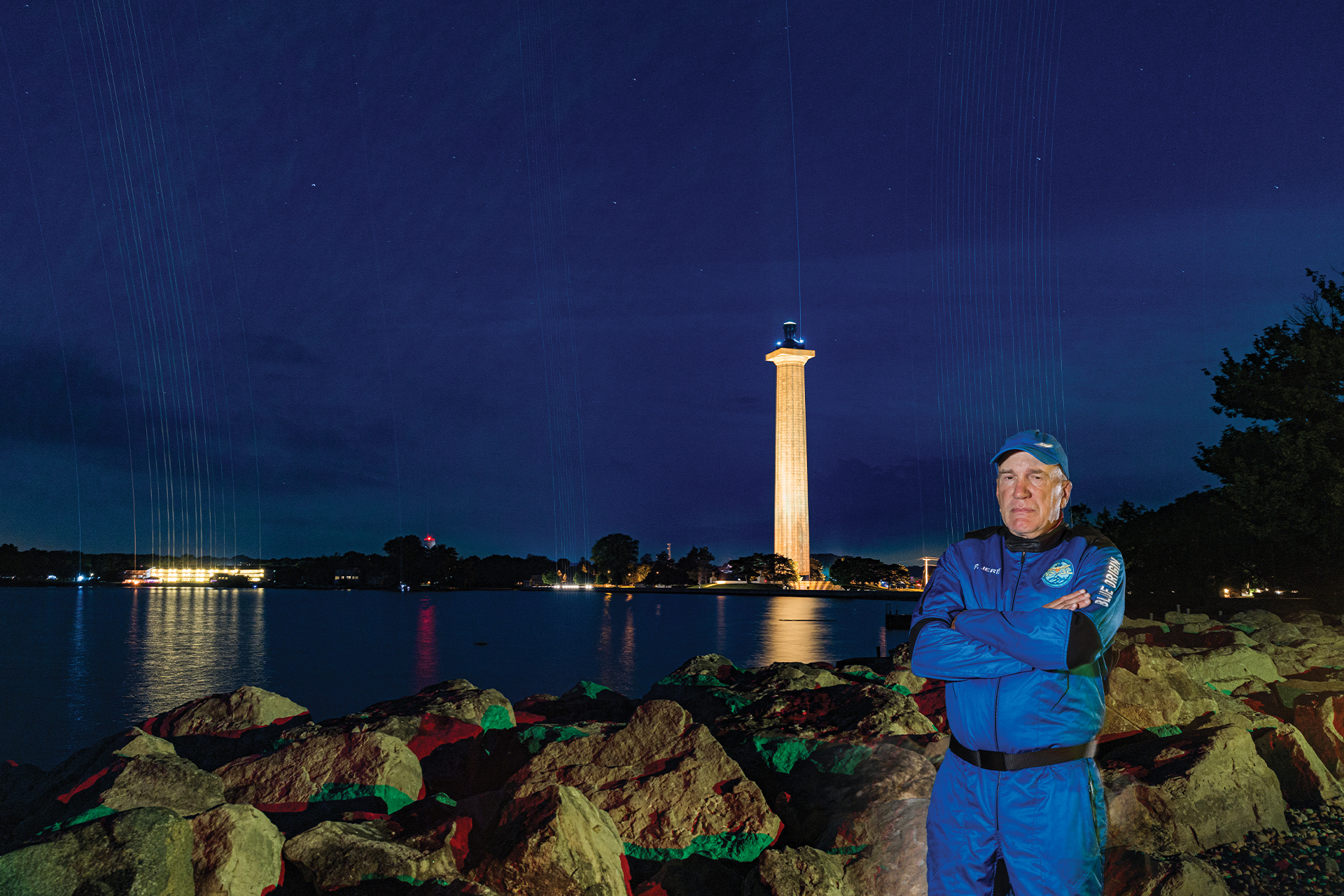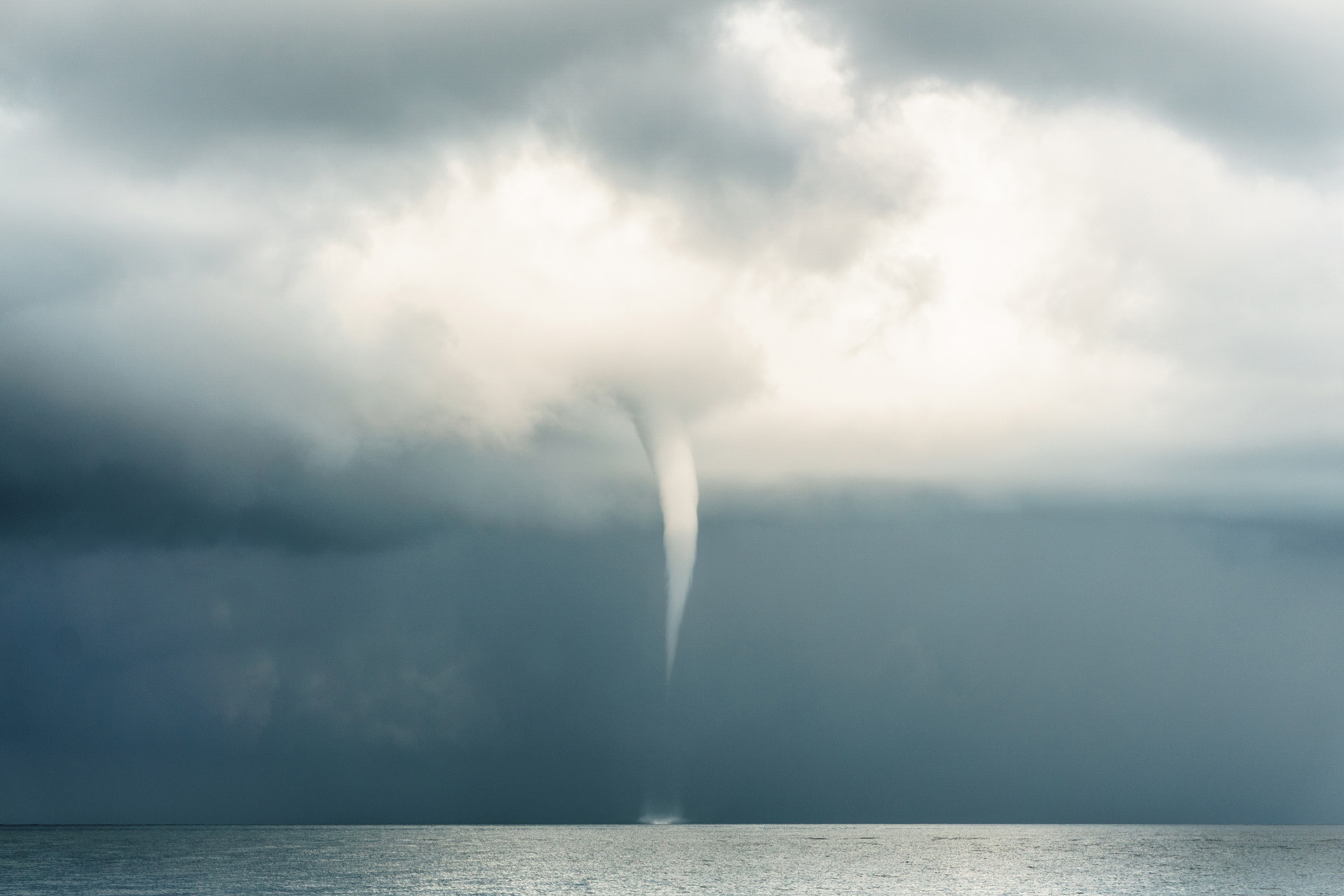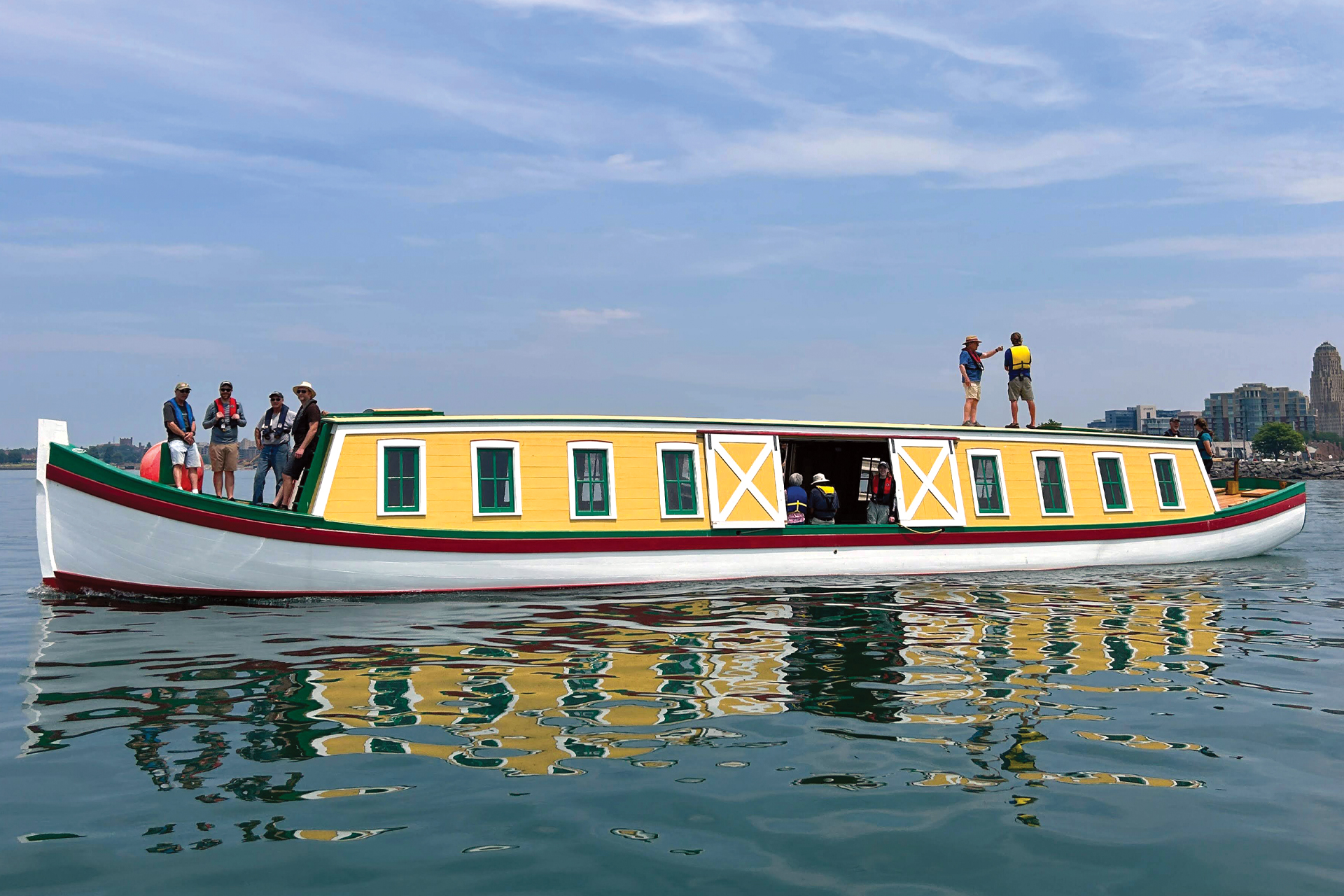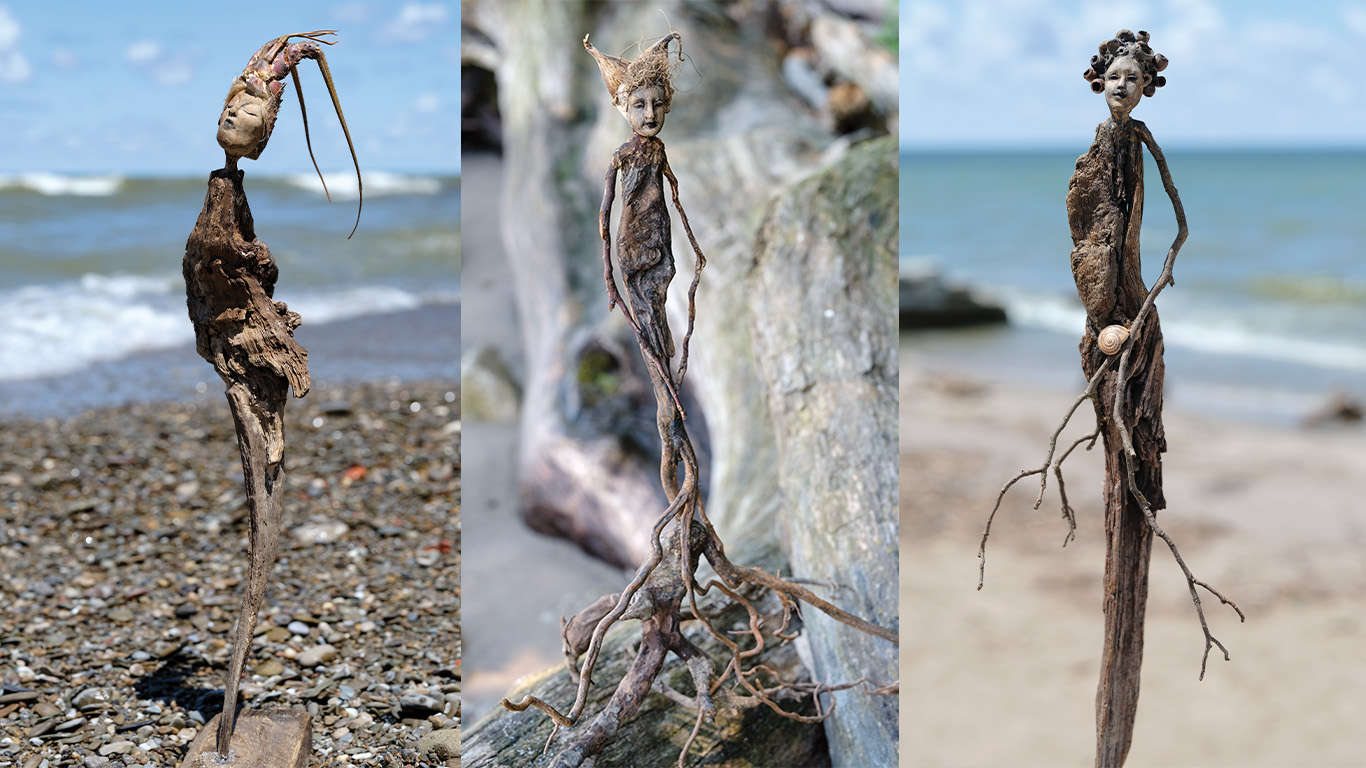Meet the Machines Keeping Lake Erie Clean
Get a closer look at the robots who are helping to clean up the thousands of pounds material that blight our beaches.

Broken glass, cigarette butts, plastic bottles and candy wrappers are no match for Lake Erie’s newest helpers.
First, there’s BeBot, a solar-and-battery-powered robot that can clean 32,000 square feet of beach in one hour. It works by sifting sand down to four inches and collecting items that blight our beaches.
PixieDrone is a water cousin of BeBot, trolling lakes, rivers and harbors for litter, plus an occasional dead fish. It can gobble up 200 pounds of material (even pieces smaller than an inch) in one outing. It also records water data, including temperature.
The new helpers were unveiled last fall but began cleaning in earnest this April — and will continue through October in Ohio, Michigan and Wisconsin. The clean-up is spearheaded by the nonprofit Council of the Great Lakes Region and funded by a $1 million donation by the Meijer grocery store chain.
“Research by Rochester Institute of Technology shows an estimate of 20 million pounds of plastic can be flowing into our Great Lakes every year through different pathways,” says CGLR executive director Mark Fisher. “The Great Lakes represent 84 percent of America’s surface fresh water. We need to build a more sustainable future.”
Four land robots and four water drones are being deployed to Lake Erie and Lake Michigan locations this year. One of each kind will be shared at different sites in Ohio, working in tandem with local park districts and the Port of Cleveland.
“Hopefully, as more people see them in use, more funds will be raised to clean other waterways,” says Fisher, who adds that the units are intended to act as a supplement to traditionalcleanup crews.
While no one is against the efforts, some interesting questions have been raised.
To start with, what happens to all the stuff that is collected? Most often, the items are sorted and recorded. Any organic items — driftwood, shells, beach glass — are returned to the area. Some beach clean-up projects allow for recycling. That can be important as an estimated 80 percent of litter that washes up on shore is plastic.
And what about the little critters (insects and other invertebrates) that live in the sand and provide food for shorebirds? What happens if these small animals get scooped up by a land robot? Or what about the fate of fish that happen to get sucked in by a PixieDrone?
“We haven’t seen any of that to be an issue yet,” says Fisher, “but we are obviously paying close attention. The last thing we want to have is a negative impact on the environment by using these devices. If we learn of any problems, we can work closely with the drone manufacturers and provide feedback to them. There might be some adjustments we can make to minimize impact.”
Fisher says the ultimate goal, of course, is to “create a future where there is no waste, no litter and no need to have these devices on our beaches.”
“But for now, they are serving a role,” says Fisher, “giving us information about what is happening so we can stop it from happening.”
Want more Lake Erie in your life? Subscribe to our free The Splash newsletter. It’s your guide to the best food, drinks, parks, beaches, shopping, festivals, music and more. Click here to subscribe.
Story:
Jill Sell
2023 July/August






